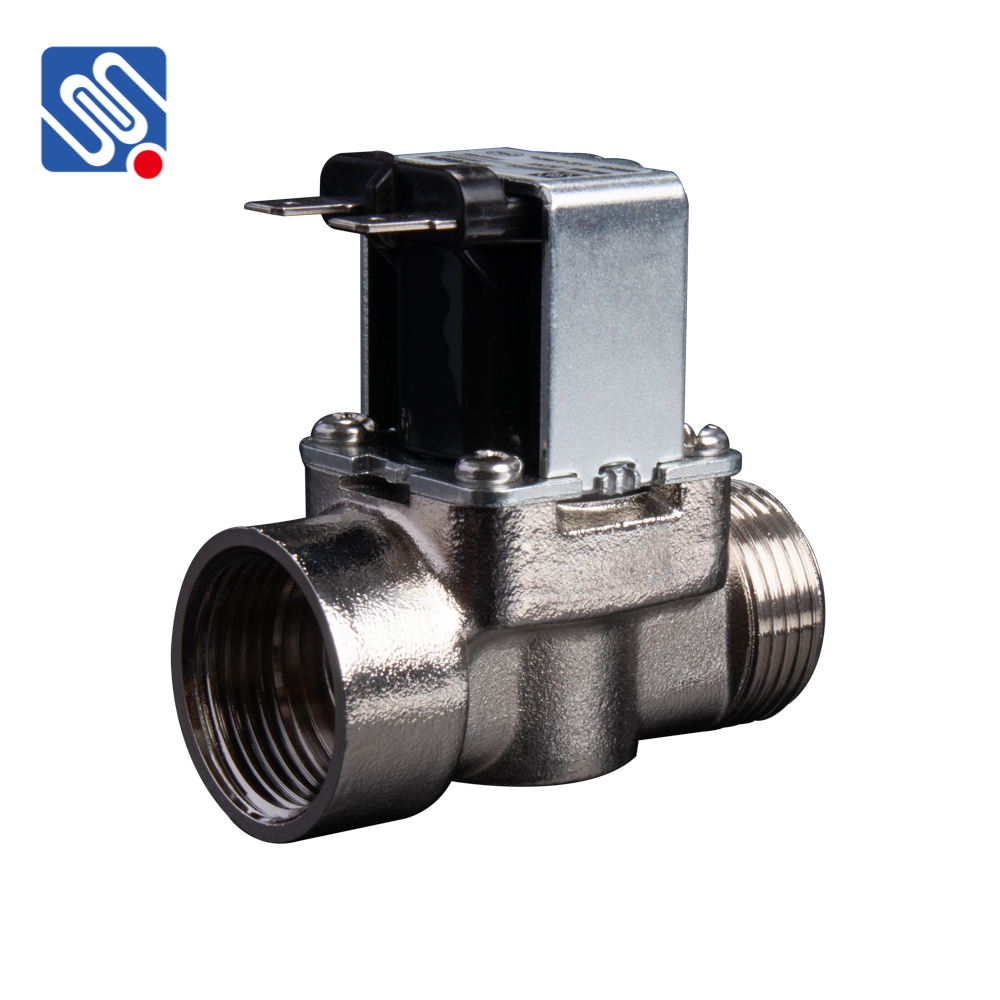The Hot Water Solenoid Valve is a key component in many household and industrial water systems, controlling the flow of hot water with the help of electrical signals. These valves are essential in appliances like dishwashers, washing machines, and various heating systems. In this article, we will explore the function, applications, and benefits of Hot Water Solenoid Valves, providing insights into their role in modern systems.

What is a Hot Water Solenoid Valve? A Hot Water Solenoid Valve is an electrically controlled valve used to regulate the flow of hot water. It consists of a solenoid coil, a valve body, and a plunger. When an electrical current is applied to the solenoid, the magnetic field created pulls or pushes the plunger, which opens or closes the valve. This mechanism allows the valve to either permit or stop the flow of hot water, making it an integral part of many modern systems that require precise control over water temperature. The primary function of the Hot Water Solenoid Valve is to provide automatic control of hot water flow, which is essential in numerous appliances and heating systems. When combined with other control mechanisms, such as thermostats or pressure sensors, these valves help to maintain consistent water temperature and pressure, ensuring optimal performance and energy efficiency.